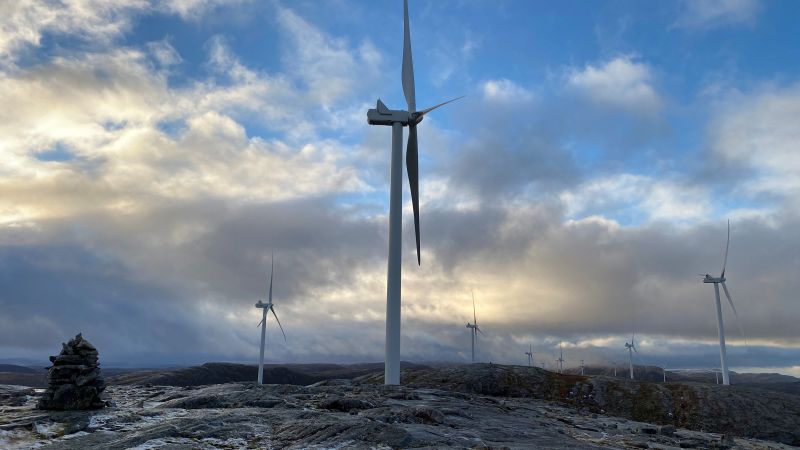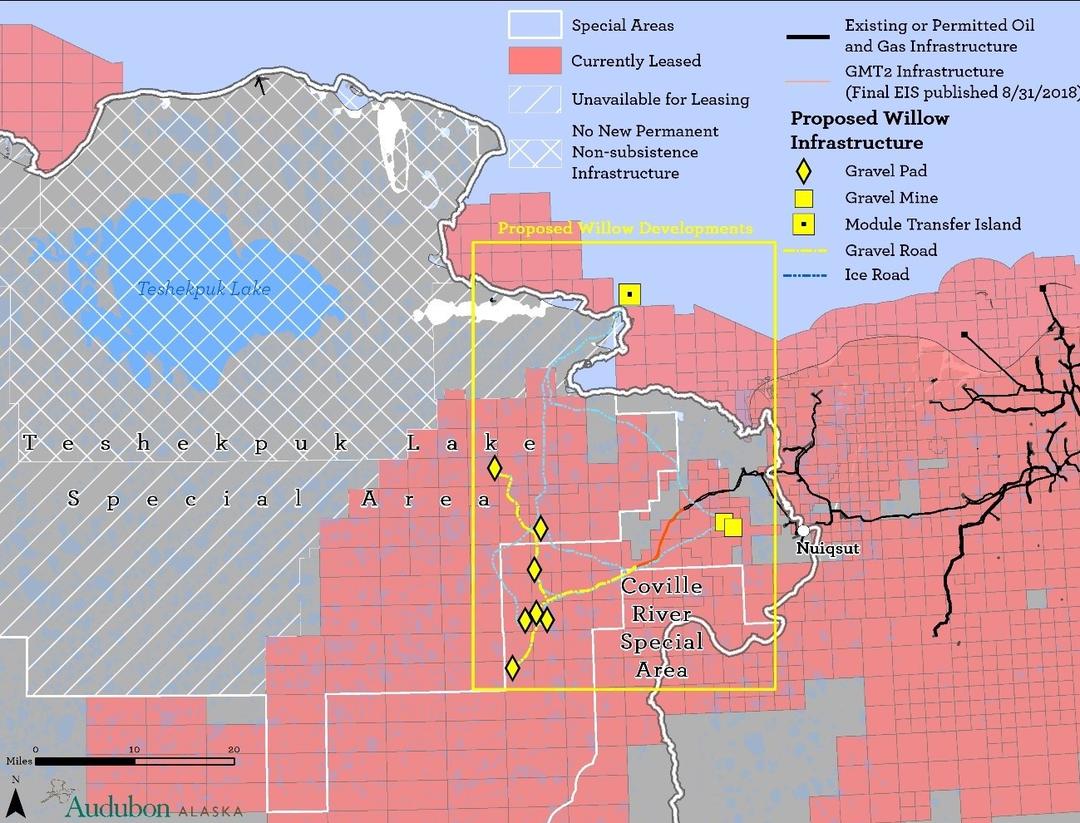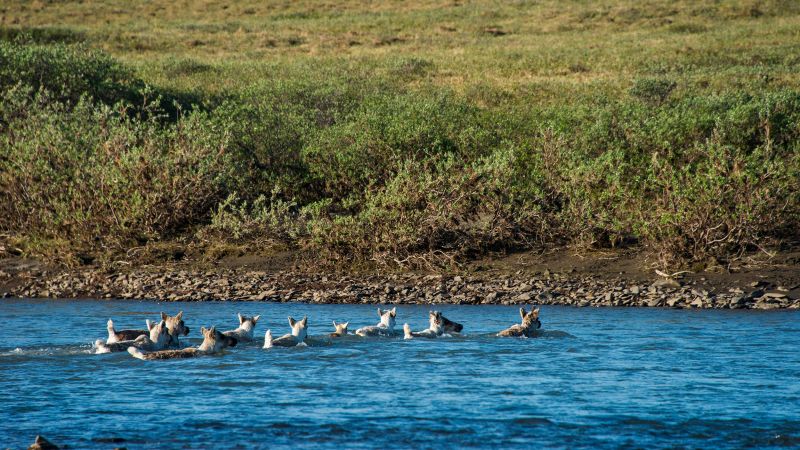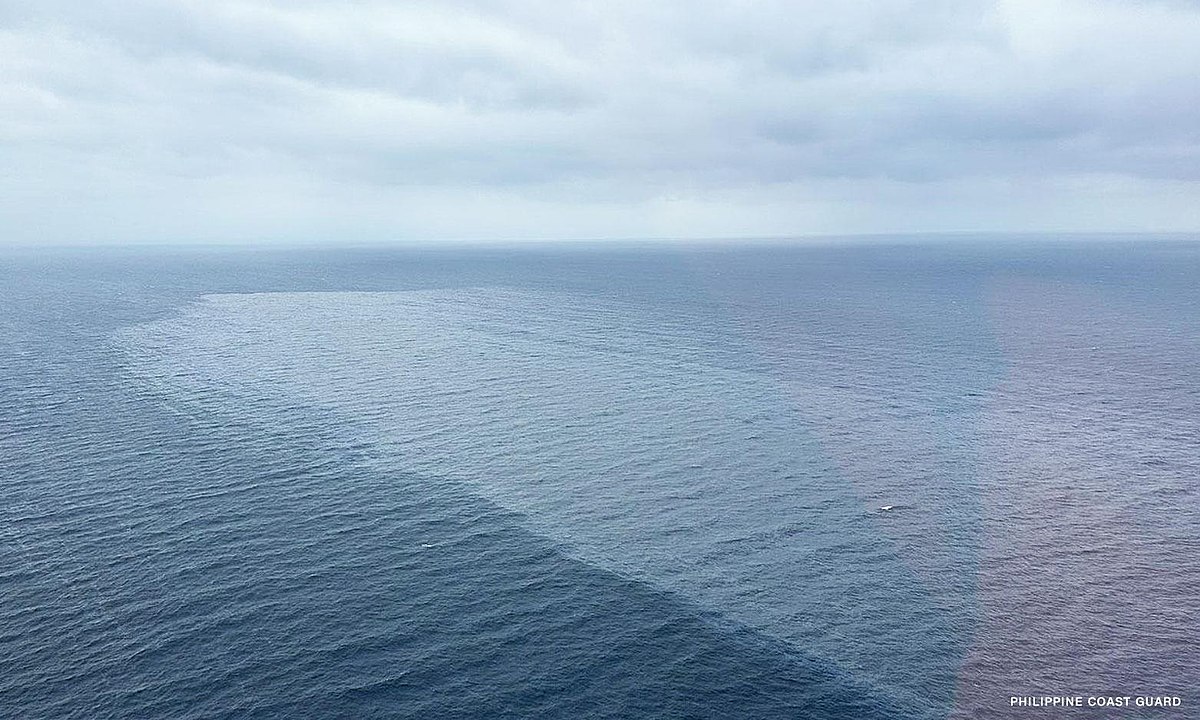- The Rembis Report and Other Fascinating Topics
- Posts
- The Rembis Report and Other Fascinating Topics - Volume XC
The Rembis Report and Other Fascinating Topics - Volume XC
The Road To The Brink Of Oblivion - Part II

This newsletter is the second of six weekly editions as we count down to Earth Day. This series focus is on recycling, fossil fuels, mining, pollution, climate change, and the existential threat of annihilation as the result of war. If you are just tuning in please click this link to read The Road To The Brink Of Oblivion - Part I
The road to the brink of oblivion is not a long stretch of interminable highway.
Where is it, exactly? How do I get there?
You are already on it. It starts at home.
Just as I began with the mindset to recycle, you also have a mindset to do whatever it is that makes your world a better place. Maybe it is to teach kids to swim. Or to create a recipe unparalleled in cuisine. Or perhaps you are still searching for a way to help animals, or your community, or your family. Whatever it is, you have something that drives you to make a difference, but only you can say what that is.
Make no mistake, that thing that makes a difference to you, may not feel like it makes a difference at all in the great scheme of things, but it does. Every little bit helps.
The butterfly effect is a theory where something small creates a ripple effect to make something big happen. It is simple. Let’s say that a butterfly emerges from its chrysalis and flaps its wings for the first time to float across a prairie and brush past a dandelion with seeds waiting to loft into the breeze. That tiny gust of wind alights one of those seeds and it flies away, further across the prairie, and floats along until it reaches a herd of bison. That tiny seed floats into the nostril of a huge bull, who then snorts and shakes his head, to alleviate the minor irritation. But other bison see his discomfort and misinterpret what has happened. They think there may be danger. They react, moving quickly, taking subtle cues from each other and suddenly stampede across the plains.
They stir up a cloud of dust on this windy day and it rises into the sky onto another gust of wind which brings it to the stratosphere. The jet stream picks up that barely distinguishable dust cloud and carries it miles and miles away until it hits a pocket of calm and the dust falls back to Earth. It lands in a cow pasture thousands of miles from the bison prairie and deposits traces of Brucella bacteria. The cows in that pasture breath in the tiny particles and are infected. There are no snorts leading to a stampede, but the dairy cows get sick and develop Brucellosis, which is transmissible to humans through dairy products.
Luckily, this is discovered through testing before the dairy products reach the consumer market, and unfortunately, the herd is euthanized. But not before the plucky birds who visit the pasture and happily trounce on the backs of the cows, picking off ticks and other insects, digging into the cow’s ears for a tasty treat, are themselves infected and fly off to other continents. It takes a while for avian symptoms to develop and when they do, the bacteria hits the bird’s brains and drives them insane. They become the closest thing we can imagine to zombies, but they fly.
And then this happens.
You get trapped in a phone booth without any change in your purse as the world crumbles around you, so you can’t call the babysitter to let her know you’ll be late, while reconsidering your membership in the National Audubon Society and second guessing the decision you made to name your twins Robin and Wren, all because of that newborn butterfly.
But let’s not ignore the true constant in this scenario. The wind.
You can’t stop the wind. It goes everywhere. It has no consciousness. It just is. The wind drives everything on the planet. It brings the warmth and the cold and the rain and the snow. It pushes water. That is the thing about wind that lots of people don’t get - it pushes water and everything else. Sort of like the Force in Star Wars; “It surrounds us, it penetrates us, it binds the galaxy together,” wind is responsible for just about everything. You can’t fight it. You can’t control it. You can only learn to live with it.
But you can harness the power of wind. We have been using windmills to grind wheat and corn, pump water, and create energy for centuries.

Commonly referred to as renewable energy, I call it constant energy, which is still a misnomer, because the wind is not constant. It quiets down. It can stop completely. It is, to a degree, unpredictable, but for the most part, you can count on it to keep blowing most of the time. Windfarms are common across rural America and the world. They produce millions of megawatts of energy without the harmful ecological effects brought by the oil industry.
If you have not seen a windfarm up close, it is an awesome sight. When you are in the middle of one, with turbines from you to the horizon in every direction, it is quiet, and not even windy at ground level, because the wind is up above. The posts are 40 feet wide and 300 feet tall, and each blade is 100 feet long by itself. I saw one lying along the road before installation and it looked like a giant airplane wing. This was at the windfarm in Judith Gap Montana I used to drive through every week. I always enjoyed it. I thought it was great. Alfalfa and hay grew all around. Cattle grazed. Birds were abundant. I found no fault in this energy source.
Yet, this industry has opponents who find reasons to dislike and speak out against it. Unfortunately their arguments against wind energy are rooted in opinions based on misinformation. Their main arguments are that wind farms depreciate property value (they do not), they are dangerous and explode (an exceptionally rare occurrence due to poor maintenance), they kill flocks of birds (also exceptionally rare), they make terrible noise (false), and unfound fears of cancer.
Wind does not cause cancer.
Norway gets over 80% of it’s energy from hydroelectric dams and over 6% from wind. The country has progressive views toward championing green energy to stave off global warming. So, when a new windfarm was proposed in the middle of the country, you would think that Norway was all about putting more blades on the horizon. Not so fast.
This windfarm would infringe on prime reindeer habitat and Europe’s only recognized indigenous population, the Sámi, who herd those reindeer and rely on them as a food source and cultural staple. Even Greta Thunberg got on their bandwagon to protest the windfarm to stop it from disrupting the region.
Okay, so maybe windmills are not perfect everywhere for everybody, but I think it beats oil. And Norway is all about the oil, too. They harvest it from the North Sea. Here is a map of all the oil rigs there. And they do have spills. The last big one was left to disperse into the ocean as that was deemed the optimum way to deal with it. Nobody bothered to even try to clean it up. Thanks BP.
Nobody disputes how dangerous this all is.
There is a movie about it. If an earthquake opened up the ocean floor where all those oil rigs are you would get The Burning Sea, which I highly recommend, along with its predecessor films, The Wave (2015) - IMDb and The Quake (2018) - IMDb, the two best disaster movies I have ever seen.
But movies don’t scare anyone. In fact, news doesn’t scare anyone. Facts do nothing to disturb the complacency of the masses. It is nearly impossible to get anyone to act if it is not right in their own yard, and sometimes that doesn’t even work.
Look at this NOAA Incident Map which details oil spills across North America. There are way more than you ever hear about. And there will be more.
Conoco Phillips’ Alaskan Willow Project that was just approved by the Biden administration plans for the extraction of more oil than any other site on American soil, expecting to pump an estimated 180,000 barrels of oil per day (at its peak) and will pump every day for 30 years. It will provide about 2,500 construction jobs to build the site, and then employ only 300 full time people afterwards.
It will disrupt wildlife way more than any windfarm could. In addition to caribou and birds being poisoned and displaced, whales will be at risk too, from construction that will be done on the ocean’s shore.
The pollutants emitted will be tremendous. It will be like adding the exhaust of 2,000,000 cars to the atmosphere every year. Environmentalists overwhelmingly oppose this project. Even Native American model Quannah Chasinghorse wrote an open letter to the president, begging him to stop.
Biden had to complete the deal with Conoco Phillips because Trump set it up. He talked them down from five drill sites to three, but the deal is going through. What he did to alleviate that pain was that he stopped the construction of a road through Izembek National Wildlife Refuge in the Aleutians. He also announced plans to protect other areas that oil industry officials criticized, but this Willow will upend his campaign commitment to reverse climate change and make headway by 2030.

Right there at Alpine is where the development will hit the ocean. There is no stopping it now. I mean, probably not. There was a petition to #StopWillow out there and it was signed by 2,500,000 people, including myself, but that doesn’t mean anything. There are over 300 million Americans. When only one percent of the population actually cares about preservation, the other 99% will gladly participate in destruction, not necessarily because they do not care, but because they just don’t get it. It won’t be that hard to find the construction workers and long term employees because for them, it is about themselves, not about the Earth.
Not everyone will think it is a big deal to pump this oil out of the ground. They will look at the map above and see that stretch of land (which is about the size of California) with almost no people on it and think, what’s a few acres, a few caribou, a few birds?
What they won’t consider is the butterfly effect. How the pollution here will make an impact upon not only the site itself, but the air we all breathe. The wind will take it everywhere.
I watched a documentary about this very subject today. All That Breathes follows a trio of brothers who rescue birds in Delhi India. It is an excruciating look at pollution on a massive scale. It will make you sick. The point of the story is that pollution, like the wind, does not care about your religion, your politics, your preferences, or you. It simply exists. And it can take over and destroy everything without prejudice.
A few weeks ago an oil tanker sank in the Philippines. It dumped 800,00 liters (211,000 gallons) of industrial fuel oil into the ocean which is now washing up on what were beautiful beaches.
But how did it sink, Mike?
It just started taking on water and sank. Because the ship was junk. It had already been scrapped and put back together to haul more oil and it was not fit to do so.
It was recycled. Ain’t that a kick in the head?
We are not at the end of the road yet. But we are getting close.

Scientists warn that at the rate we are pumping dioxins into the air we will raise the temperature of the planet so much that if we don’t stop soon, like in the next seven years, it may be too late to stop a runaway global catastrophe.
You know what oblivion really is? It is being forgotten and unknown. That is what the human race will be if we keep on burning fossil fuels at the rate we are doing so. There will be nobody left. All we do with oil is burn it and pollute, just like a cigarette.
That does not happen with wind.
Thanks for reading.
If you are new to the Rembis Report and would like to read any of the previous issues, PLEASE CLICK HERE to access the archives. To read it from the beginning, PLEASE GET A COPY of The Rembis Report: An Observation.
Click here to read The Road To The Brink Of Oblivion - Part III






